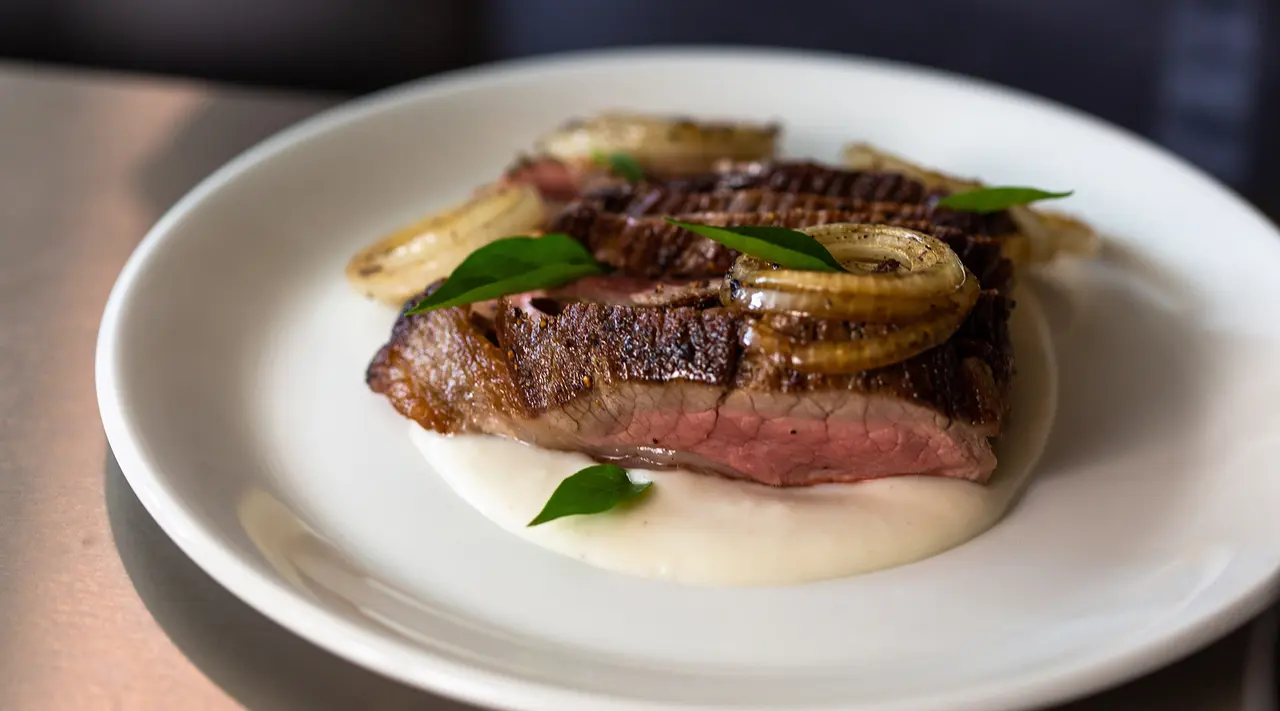Let's set the scene, you went to the market and saw some fresh duck breast in the butcher case. You’ve never made duck before, but you know you love it and want to try it yourself. But how do you cook it?
Duck in general may seem simple to cook and it is. However, its structure is much different than chicken so it takes a bit more technique to get right. In this post, we will cover all that and more to get you on your way to the perfect duck breast.
How to Cook a Duck Breast
In most supermarkets, you'll see three different species of ducks, White Pekin, Muscovy & Mallard. All of these are great ducks, but it's important to select the right kind of duck for your preference.
White Pekins are the most common and they are fairly mild in flavor and mild in fat content. Muscovy are a bit more rich and have more texture as they are raised to an older age. Mallards will be the most game forward, but will also have the least amount of fat. We recommend going with Muscovy as it has a nice balance between fat content and texture. When you source your duck, make sure you get a nice skin on piece that has about a quarter inch of fat underneath the skin. This will give you the best results. Now, it’s time to cook it. Here’s how.
Choose the Right Pan
Choosing the right pan is extremely important. You want a pan that will heat evenly and retain that heat well. For that, look no further than our Non Stick Frying Pan. For two large duck breasts, we suggest a 12 Inch Frying Pan. Stainless Clad or Carbon Steel Frying Pans will also work nicely.
Score the Duck Breast
To prep your duck breast, you will want to score the skin with shallow cuts across the surface. The best tool for this is our Chef’s Knife. Scoring accomplishes two things. First, it allows the fat to render properly so you can cook the duck in it and crisp the skin. Second, it makes a beautiful pattern in the skin that helps the presentation side look (and taste) amazing.
You can do this either in long clean slices cutting widthwise down the length of the breast, or in a diamond cross hatch pattern. Just be sure not to cut into the meat. You only want about ⅛-inch deep. Season the duck with kosher salt and set aside.
Add the Duck Breast
To start, place your scored duck in a cold Non Stick Frying Pan skin side down. Place it on medium-high heat. Starting the pan cold will give the fat a chance to render completely. Cook the duck on the skin side for about 8-10 minutes, tilting the pan and basting with the rendered fat. Once you see the skin is evenly golden and crispy, flip the duck and cook on the other side, around 2-4 minutes and baste the skin to crisp up any lighter spots.
Cook Until at Temperature
Unlike chicken, duck can be eaten at different temperatures. Typically, the ideal temperature is medium-rare, which is 135F-140F. We like our duck at medium-rare, but feel free to cook your duck to whatever temperature you like. It’s always best to check your temperature using a probe thermometer to ensure accuracy and safety.
Plate and Enjoy
When your duck breast is at your desired temperature, pull it from the pan and rest off to the side for 5-8 minutes. This will allow the meat to relax and will ensure the juices don’t run out of your duck when you cut it. Once it's done resting, slice on a bias and enjoy.
Ready to Try it for Yourself?
Next time you are wanting to cook duck, you now have the skills to get an amazing result every single time. You might want to try some sour cherries or an orange and butter sauce next time you cook duck as well.






























